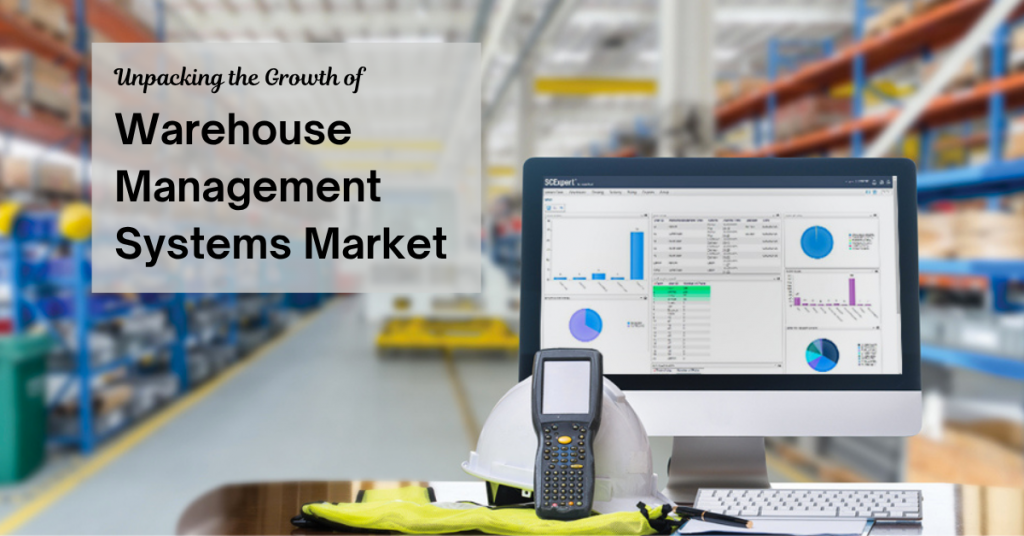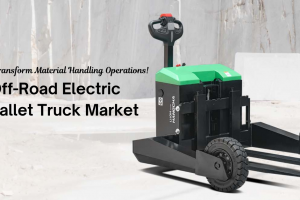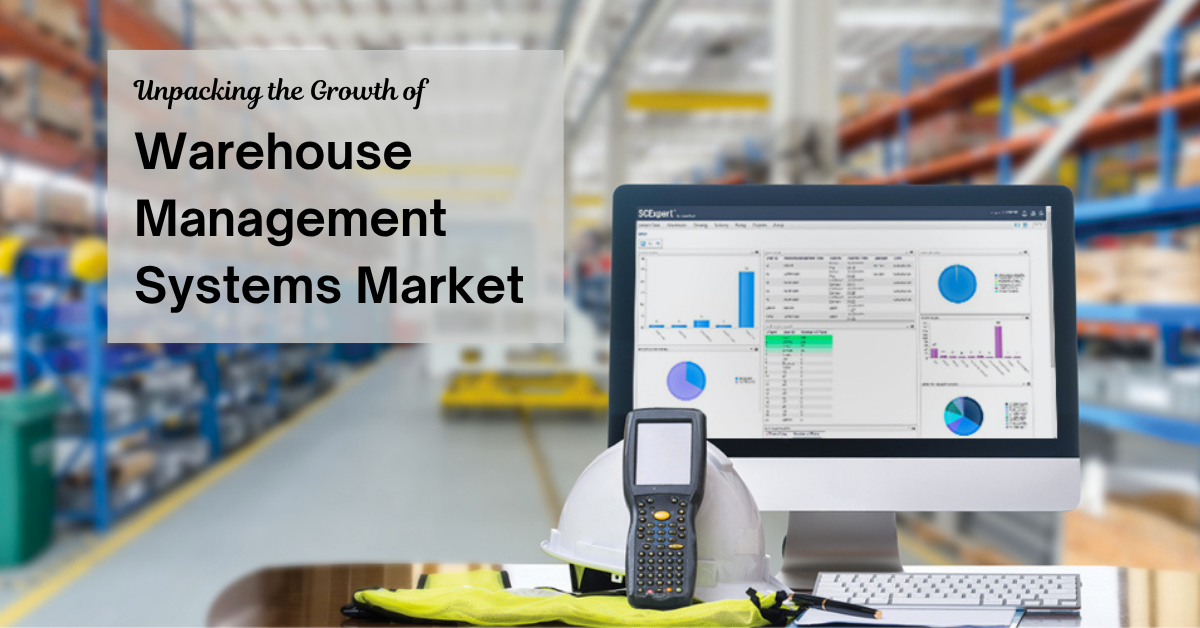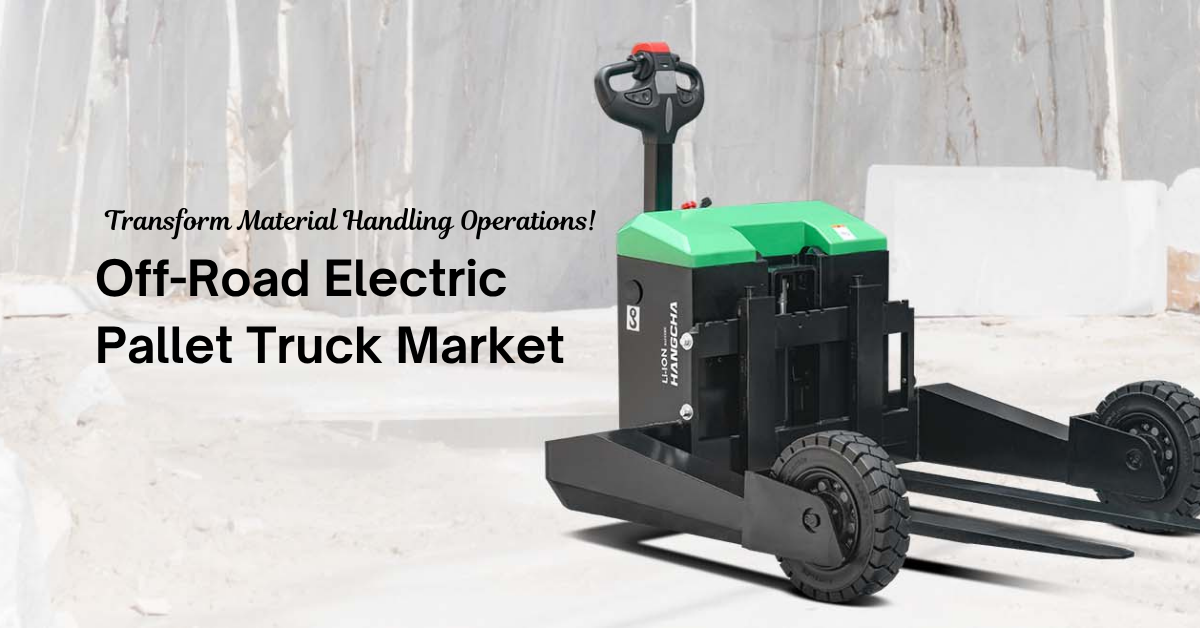
Market Overview
The Warehouse Management Systems (WMS) market is projected to grow from USD 2,933 million in 2024 to USD 10,089.71 million by 2032, registering a robust compound annual growth rate (CAGR) of 16.7% over the forecast period. This growth reflects the increasing global reliance on digital supply chains and the urgent demand for operational visibility and real-time data processing in warehouse operations.
As businesses aim to meet the demands of digital commerce, WMS solutions are becoming a central tool in driving efficiency, minimizing inventory discrepancies, and accelerating order fulfillment. Companies are moving beyond traditional storage models, embracing AI-enabled systems that monitor, analyze, and respond in real-time. In today’s volatile logistics landscape, characterized by labor shortages and supply chain disruptions, WMS adoption is no longer a competitive edge—it is a necessity. The ability to adapt quickly, scale flexibly, and integrate seamlessly with existing systems has positioned WMS as an essential technology for operational resilience.
Moreover, as the Fourth Industrial Revolution gains momentum, WMS is playing a pivotal role in helping enterprises harness the full potential of automation, IoT, and cloud technologies. With real-time insights driving smarter business decisions, the market is poised to expand across all sectors—from manufacturing and retail to pharmaceuticals and 3PL logistics providers.
Get full market insights: https://www.credenceresearch.com/report/warehouse-management-systems-market
Market Drivers
Surging Demand for Real-Time Inventory Tracking
Organizations across industries are increasingly demanding real-time visibility into their inventory levels. WMS platforms equipped with RFID, barcode scanning, and IoT sensors offer immediate status updates on goods throughout the supply chain. This improves inventory accuracy, reduces stockouts, and optimizes replenishment schedules. Real-time tracking not only enables better decision-making but also improves collaboration across departments. By minimizing manual updates and errors, these systems deliver consistent data flow across global supply chains. Businesses that rely on just-in-time inventory strategies find immense value in such precision and responsiveness.
Boom in Automation and Robotics Integration
The integration of WMS with automation tools such as Autonomous Mobile Robots (AMRs), conveyor systems, and robotic pickers is accelerating. These technologies enhance labor productivity and reduce operational costs by minimizing human intervention in repetitive tasks. WMS platforms coordinate automated equipment for optimized task allocation and resource usage. Automated solutions are proving especially valuable during peak demand periods like holiday seasons or flash sales. As more companies adopt goods-to-person picking systems, the seamless coordination between machines and software becomes critical. This synergy reduces turnaround times and increases throughput in high-volume facilities.
Rising Pressure to Enhance Customer Experience
End customers now expect rapid, accurate, and transparent delivery services. WMS helps businesses fulfill these expectations by improving order accuracy and shortening delivery cycles. Features such as intelligent routing, real-time shipment updates, and seamless returns management contribute to enhanced service levels. Companies are increasingly using WMS to personalize delivery preferences and monitor KPIs related to customer satisfaction. In sectors like e-commerce and retail, where service quality directly influences brand perception, WMS acts as a strategic enabler of competitive differentiation. Enhanced customer experience, in turn, drives loyalty and repeat purchases.
Globalization of Supply Chains
As businesses expand across borders, managing complex global supply chains becomes increasingly challenging. WMS platforms provide centralized control with localized flexibility, enabling organizations to manage multiple warehouses across regions. Multi-language interfaces, global compliance tracking, and cross-border inventory visibility make WMS indispensable in international operations. With growing trade volumes and distributed supplier networks, businesses need agile systems that ensure smooth inbound and outbound flows. Furthermore, geopolitical factors and disruptions like pandemics or port congestions highlight the need for agile, responsive systems. Global WMS adoption supports supply chain continuity even under uncertain conditions.
Market Challenges
Resistance to Organizational Change
Implementing a WMS often requires operational restructuring and cultural change within an organization. Resistance from staff and management, especially in legacy-based companies, can stall adoption. Employees accustomed to manual processes may fear job displacement or struggle with digital tools. Effective change management strategies, including user training and phased rollouts, are critical to ensuring a smooth transition. A lack of executive sponsorship can further weaken adoption efforts.
Customization Complexity
Many enterprises require tailored WMS features to suit specific workflows or industry needs. However, excessive customization can increase implementation timelines and costs. Custom code often complicates upgrades and maintenance, creating long-term IT challenges. Balancing out-of-the-box features with necessary customizations is crucial to avoid over-engineering. Vendors and buyers must align expectations during the planning stage to avoid future integration pitfalls.
Intermittent Internet Connectivity in Remote Areas
While cloud WMS solutions are popular, their dependency on stable internet connections can be problematic in remote or underdeveloped regions. Warehouses located in such areas may face downtime or data sync issues, affecting overall operations. Hybrid systems with offline capabilities offer a potential workaround, but require additional configuration. Reliable connectivity remains a limiting factor for cloud-first strategies in certain geographies.
Rapidly Changing Technology Landscape
Keeping up with fast-evolving technologies like AI, blockchain, and edge computing is a challenge for many WMS vendors and users. Frequent updates demand ongoing investments in system upgrades and employee training. Businesses without a clear IT roadmap may fall behind competitors who swiftly adopt innovations. To remain relevant, vendors must consistently invest in R&D and ensure backward compatibility with existing systems.
Market Opportunity
Rise of Edge Computing in Warehouse Environments
Edge computing enables data processing at or near the source, reducing latency and improving responsiveness. In warehouse operations, edge-based WMS components can process barcode scans, sensor readings, or robotics data locally. This leads to faster decision-making and reduces dependence on centralized cloud servers. As warehouses grow more complex, edge computing offers a scalable solution for real-time task execution.
Integration with Blockchain for Traceability
Blockchain technology offers transparent and tamper-proof record-keeping, ideal for industries requiring traceability such as food, pharmaceuticals, or high-value goods. Integrating WMS with blockchain can enhance security and accountability across the supply chain. Use cases like temperature-controlled storage, origin tracking, and audit trails are driving interest. This opportunity allows WMS providers to venture into new verticals with compliance-focused demands.
Warehouse-as-a-Service (WaaS) Model
Startups and small enterprises are showing increasing interest in the Warehouse-as-a-Service model, where warehousing functions are outsourced and managed via flexible software platforms. WMS vendors offering modular solutions tailored to WaaS operators can tap into this growing market. The model supports dynamic warehousing without long-term commitments, reducing capital expenditures for growing businesses. This trend aligns with the gig economy and on-demand logistics.
Demand for Mobile-First WMS Platforms
The workforce is becoming increasingly mobile, prompting the need for mobile-friendly WMS interfaces. Modern systems offer real-time data access, task assignments, and inventory updates via smartphones or tablets. This enhances operational efficiency on the warehouse floor, even for temporary or part-time workers. As BYOD (Bring Your Own Device) policies gain traction, mobile-optimized WMS becomes a key differentiator.
Market Segmentation
Based on Component
- Software
- Services
Based on Deployment
- On-premise
- Cloud
Based on Applications
- Transportation and Logistics
- Retail
- Healthcare
- Manufacturing
- Food and Beverage
- Others
Based on Functions
- Labor Management System
- Analytics and Optimization
- Billing and Yard Management
- Systems Integration and Maintenance
- Consulting Services
Based on Geography
- North America (U.S., Canada, Mexico)
- Europe (UK, France, Germany, Italy, Spain, Russia, Belgium, Netherlands, Austria, Sweden, Poland, Denmark, Switzerland, Rest of Europe)
- Asia Pacific (China, Japan, South Korea, India, Australia, Thailand, Indonesia, Vietnam, Malaysia, Philippines, Taiwan, Rest of Asia Pacific)
- Latin America (Brazil, Argentina, Peru, Chile, Colombia, Rest of Latin America)
- Middle East & Africa (GCC Countries, South Africa, Rest of the Middle East and Africa)
Regional Analysis
North America
North America continues to lead the WMS market due to its mature logistics sector and early adoption of automation and cloud technologies. The United States, in particular, hosts a concentration of top WMS providers and advanced fulfillment centers catering to both domestic and cross-border e-commerce. Increasing investments in warehouse robotics, coupled with high consumer expectations for same-day delivery, are driving demand for intelligent warehouse platforms. Canada is also witnessing growth, particularly in sectors like food distribution and healthcare, where traceability and compliance are critical.
Europe
Europe remains a strong market for WMS adoption, supported by strict regulatory standards and growing emphasis on sustainable warehousing. Countries like Germany, France, and the Netherlands are pioneers in implementing green logistics and smart warehouse technologies. The rise of omnichannel retailing and demand for labor-saving automation is influencing WMS deployments across both Western and Eastern Europe. Additionally, government support for Industry 4.0 initiatives is encouraging cloud migration and digital transformation in warehouse operations.
Asia Pacific
Asia Pacific represents the fastest-growing region in the WMS landscape. The rise of online retail, expanding manufacturing activities, and government-backed infrastructure projects are fueling demand across countries like China, India, Japan, and South Korea. China’s rapid industrial modernization and India’s push toward digital logistics ecosystems are major contributors. The growth of local 3PL firms and increased foreign investment in logistics hubs are creating significant opportunities for cloud-based and AI-powered WMS platforms.
Latin America
Latin America is gradually embracing WMS as regional economies digitize their supply chains. Brazil and Mexico are leading adoption, particularly in the food and beverage, automotive, and pharmaceutical sectors. While the region faces challenges like limited infrastructure and inconsistent connectivity, cloud WMS solutions are bridging the gap by offering scalable, low-maintenance systems. The expansion of regional e-commerce players is further driving warehouse modernization initiatives.
Middle East & Africa
The Middle East and Africa are emerging markets for WMS, driven by logistics growth in the Gulf Cooperation Council (GCC) countries. The UAE and Saudi Arabia are investing heavily in smart warehouses as part of their broader economic diversification goals. The region’s growing role as a transshipment and re-export hub has increased the demand for agile warehouse systems. In Africa, South Africa leads adoption, with rising interest in digital logistics among mid-sized enterprises in key urban centers.
Top Companies
- Oracle Corporation
- Manhattan Associates, Inc
- Infor, Inc
- Blue Yonder (formerly JDA Software)
- HighJump (Körber AG)
- Fishbowl Inventory
- SAP SE
- Tecsys Inc.
- PSI Logistics
- Softeon
Future Outlook
- Cloud-native WMS platforms will become the standard for both startups and global enterprises.
- Predictive analytics will evolve to offer real-time inventory forecasting across SKUs.
- Autonomous drones will increasingly support inventory scanning and real-time monitoring.
- The demand for sustainable warehousing will spur energy-efficient system designs.
- AI-driven labor management tools will optimize workforce productivity and shift planning.
- Cross-border e-commerce growth will drive multilingual, multi-currency WMS platforms.
- Voice-enabled WMS functions will become standard in high-volume fulfillment centers.
- Blockchain integration will gain traction in pharma and food supply chain segments.
- WMS vendors will focus on embedded cybersecurity features and zero-trust frameworks.
- Integration with augmented reality (AR) devices will support faster training and picking.
Get full market insights: https://www.credenceresearch.com/report/warehouse-management-systems-market







